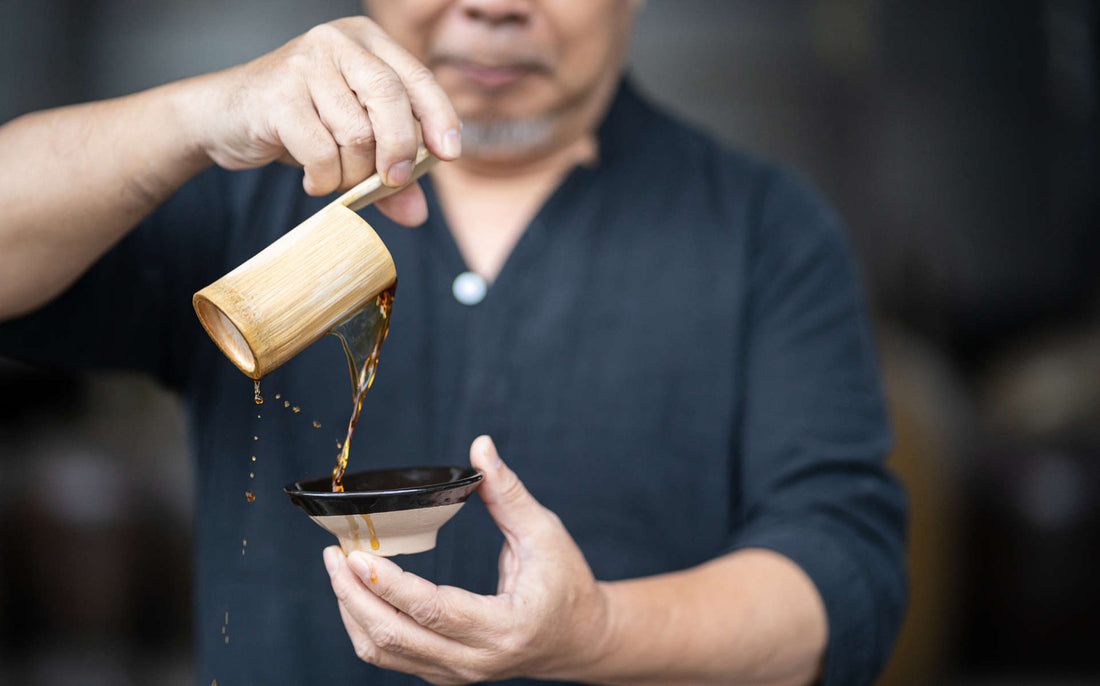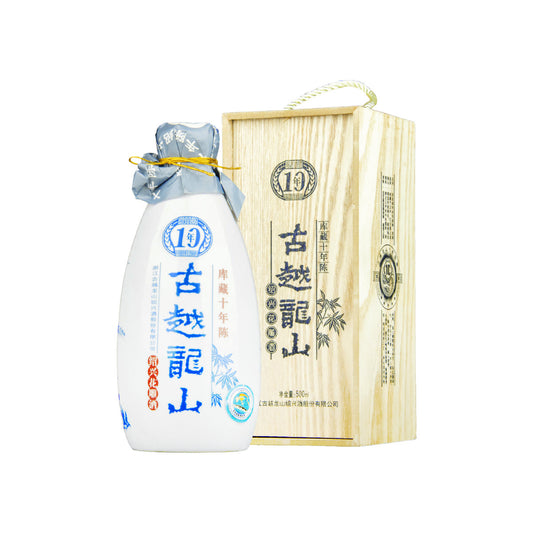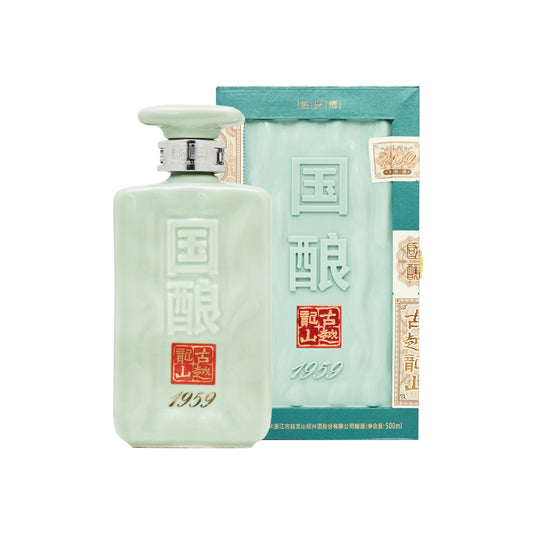
The differences between Chinese Rice Wine, Chinese Cooking Wine, and Shaoxing Wine
The differences between Chinese Rice Wine, Chinese Cooking Wine, and Shaoxing Wine are not just a matter of names; there are significant distinctions that shouldn't be overlooked.
Chinese Cooking Wine (料酒 Liaojiu)
Chinese Cooking Wine is more commonly recognised. It's the inexpensive bottle you grab from the supermarket for cooking, specifically to marinate meat. But if we delve deeper, Chinese Cooking Wine is essentially a variant of Chinese Rice Wine, crafted by adding salt and spices like Sichuan peppercorn, star anise, and cinnamon, along with other seasoning ingredients, and preservatives during the processing.
Chinese Cooking Wine is strictly for culinary use, so it's safe to say it's exclusively for cooking purposes. No one would foolishly consume Chinese Cooking Wine as a beverage!
Read more in detail here.
Chinese Rice Wine (黄酒 Huangjiu)
Chinese Rice Wine, commonly known as Chinese Yellow Wine (Huangjiu), is the most broad term for traditional Chinese wine brewed with rice.
It has a over 2000-year documented history in China, and renowned to be one of the three oldest brewed alcoholic beverages in the world. It is also incorporated into traditional Chinese medicine recipes as a medicinal catalyst.
This is a broad term which includes Chinese Cooking Wine and drinking Shaoxing Rice Wine.
Shaoxing Rice Wine (绍兴花雕酒 Shaoxing Rice Wine)
Shaoxing Rice Wine is a type of Chinese Rice Wine, specifically from the Shaoxing region. Typically, Shaoxing Rice Wine undergoes a meticulous processes—soaking rice, steaming, fermenting in large vats, pressing, heating, and aging in sealed containers—before it's ready for consumption.
Shaoxing Rice Wine uses premium glutinous rice and high-quality Koji (rice wine culture) in its production, employing the "double soaked rice" technique, resulting in a distinct and nutrient-rich wine with its remarkable amber colour.
Find out more about the making of Shaoxing Rice Wine here.
Therefore, the adage "rare is valuable" applies here. Shaoxing Rice Wine often costs significantly more than regular Chinese Rice Wine, sometimes fetching hundreds of dollars per bottle. This has contributed to its reputation as a wine that appreciates with age. It's typically categorised by the storage duration, ranging from three years to ten years, with older vintages boasting richer flavours and higher prices.
Wanna purchase a bottle of Shaoxing Rice Wine? Find Shaoxing Rice Wine on offer here.
In summary, Chinese Rice Wine, Chinese Cooking Wine, and Shaoxing Rice Wine have distinct roles:
-
Chinese Rice Wine is a broad term that includes Chinese Cooking Wine and Shaoxing Rice Wine.
-
Chinese Cooking Wine is solely for cooking purposes, while Shaoxing Rice Wine, can be used in both cooking and as a beverage.
-
Shaoxing Rice Wine is essentially an advanced form of Chinese Rice Wine, boasting a more intricate process and richer flavours.
-
To put it simply, Shaoxing Rice Wine can function as a cooking wine, but the reverse isn't true.





